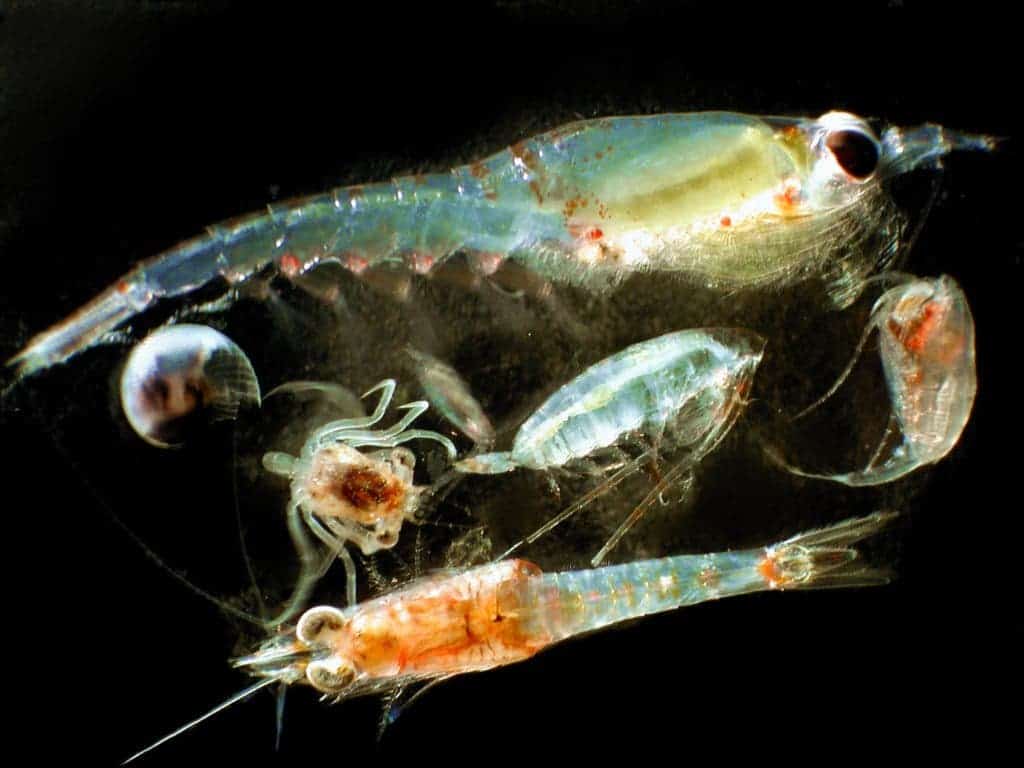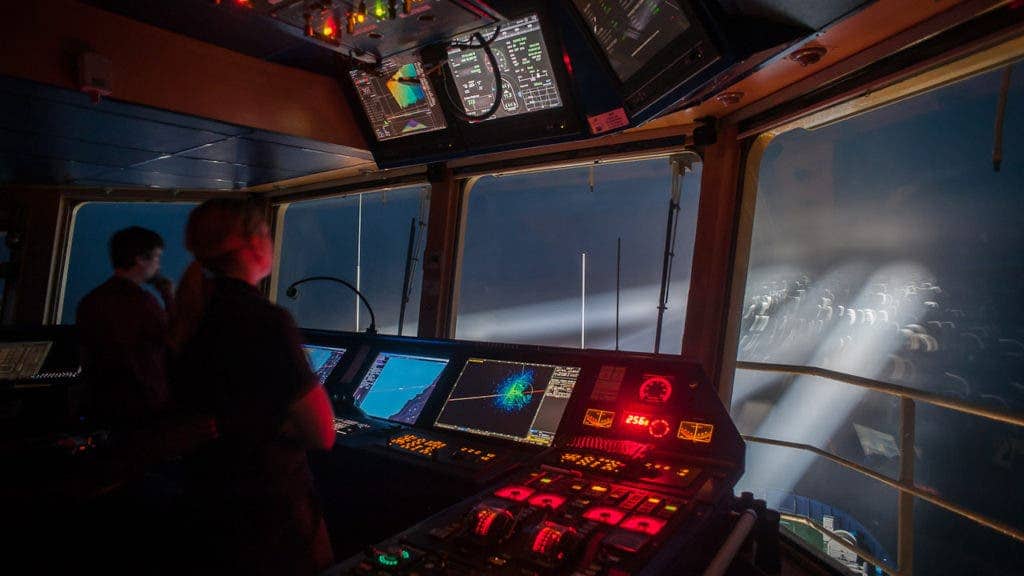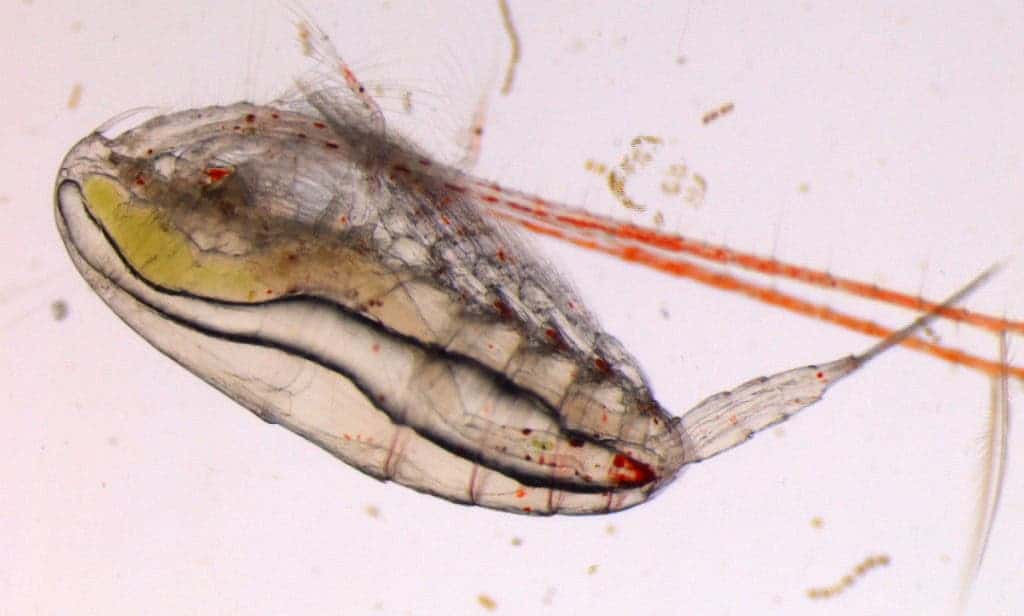
Image credits: Wikipedia.
Scientists discovered that zooplankton from the Arctic is very sensitive to light pollution. Even light coming from research ships can make these small organisms sink back into darkness. Sure, it was previously known that the light of a full moon or the northern lights would make these creatures retreat to deeper waters, but the possibility that ship-borne lights bothered them was still debatable.
“We did have a suspicion that this was the case,” said Martin Ludvigsen, a professor in NTNU’s Department of Marine Technology and at the university’s Centre of Autonomous Marine Operations and Systems. “We were able to demonstrate this, and show the significance of the lights from the ship” he added.
Run for the depths!
Zooplankton is the most widespread vertical migratory biomass on Earth (and armed to the teeth). Around the globe, these tiny animals rise to the surface during the night to feed and descend into deeper waters to avoid predators during the day. Research over the last decade shows that the weak moonlight or the northern lights cause zooplankton to retreat to darker waters.
Because of its photosensitivity, scientists have a hard time actually studying zooplankton: if light from their ships shines through to the small animals, any accurate recording of their population in an area becomes highly improbable.
To better understand the effects of light and light pollution on zooplankton, a team of researchers from NTNU, UiT (The Arctic University of Norway), the University of Delaware, and the Scottish Association for Marine Science modified a kayak, equipped it with sensors, a petrol engine, strapped it to a ship, and set it all out to sea. Once in open waters the kayak, dubbed Jetyak, was sent away from the research vessel and used to measure the depth reached by artificial light, as well as to record plankton thickness via sonar.

Photo: Geir Johnsen, NTNU/UNIS
The acoustic data collected by the autonomous Jetyak showed that the layer of zooplankton was far thicker and started from closer to the surface near itself compared to that near the research boat (where the plankton was hiding from light). This effect reached depths of up to 80 meters.
“We were sort of surprised how pronounced this avoidance behavior was,” Ludvigsen said. “It was so clear and so fast. Even when we tried to reproduce this in a small boat and a headlamp, it was really easy to see in the echosounder.”

Photo: Benjamin Hell
“These findings tell us that zooplankton populations and behavior can be under- or overestimated because these marine organisms respond to light, either by swimming away from it, or sometimes towards it,” said Geir Johnsen, co-author and a marine biologist at NTNU.
The biologist believes that scientists have to undertake their studies under natural conditions if they want to discover what zooplankton is truly up to. This means developing autonomous vehicles equipped to sample the vast seas.
Arctic fauna — ranging from bowhead whales to marine birds, to cod — feeds on zooplankton, particularly those in the genus Calanus. Their high content of fatty acids is what makes them such a filling meal.

Photo: Malin Daase, UiT — The Arctic University of Norway
“Light pollution may disturb zooplankton behavior with respect to feeding, predator-prey relationships and diurnal migration, in addition to their development from juveniles to adults,” Johnsen said.
Global warming also poses a serious threat to the Arctic’s tiny inhabitants — as sea ice cover is growing thinner, or outright melting completely in large areas, zooplankton is rapidly running out of the dark areas they like, Johnsen remarked. Considering how central zooplankton is on the local menus, the Arctic ecosystem may have a lot to suffer.
The paper was published in the journal Science Advances.






